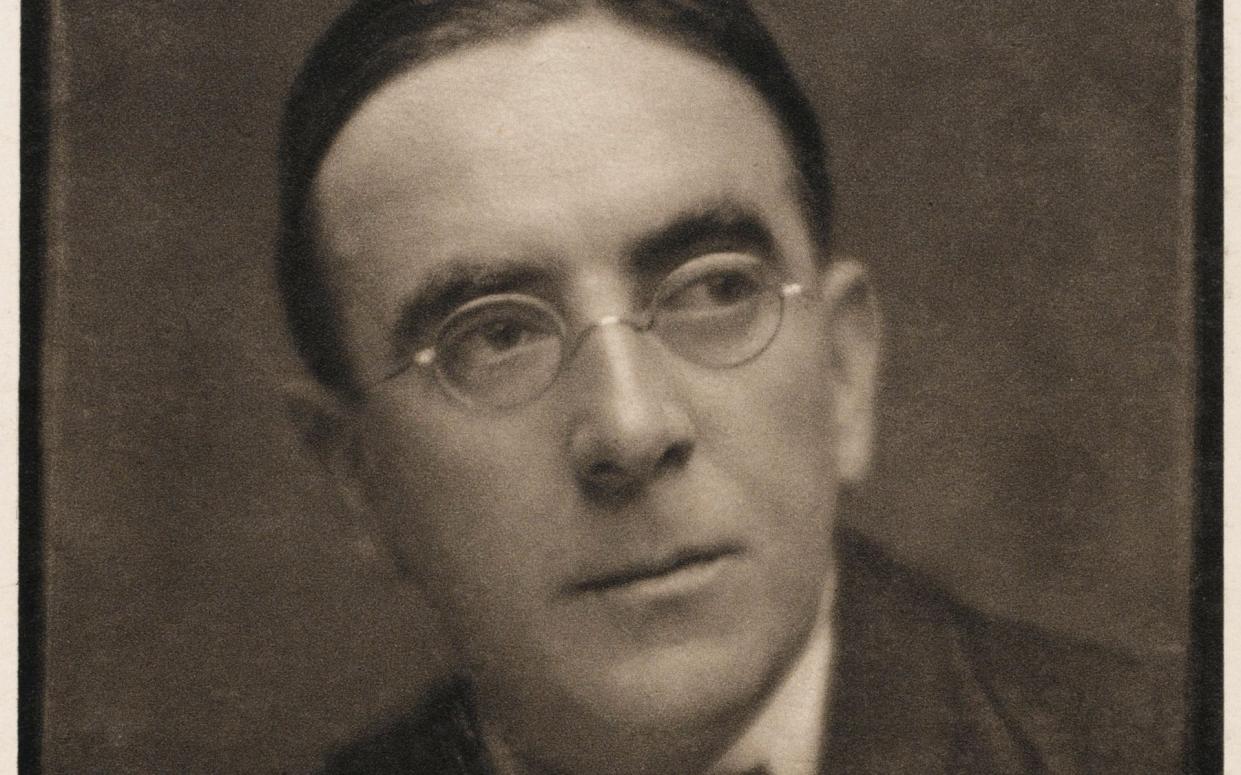Sacred Mysteries: A favourite hymn that slept for three centuries

Thousands will be moved in the coming week before Easter by the hymn My song is love unknown. What makes the hymn so touching? And why did it lie disregarded, as a sleeper for two and half centuries.
The next three lines set the context: “My Saviour’s love to me. / Love to the loveless shown, / That they might lovely be.” The author speaks of a personal love for Christ: “This is my Friend.”
The verse reads like that of George Herbert, but it was the work of Samuel Crossman (1623-1683), 30 years younger than Herbert, who died when he was 10. Crossman did not write his poem as a hymn. It appeared in 1664 in a tiny book, The Young Man’s Meditation, of 16mo (sextodecimo) format, with 17 pages of text.
The title page quoted Herbert by name, from his collection The Temple, “A Verse may find him whom a Sermon flies, /And turn delight into a Sacrifice.”
The line “Never was grief like thine” adapted the refrain from “The Sacrifice”, one of Herbert’s poems in The Temple: “Was ever grief like mine?” This in turn was taken from the biblical Book of Lamentations: “Is any suffering like my suffering?”
There is much blundering misinformation online about Crossman and his work. It is said that the poem was published “as a hymn in The Anglican Hymn Book in 1686”. It wasn’t. The year 1686 is an error for 1868. No book could have been called The Anglican Hymn Book in 1686, when they didn’t have hymn books.
The Church of England had just scraped through the Reformation and Cromwell’s Commonwealth with music being revived in cathedrals at the Restoration. In churches the Psalms were recited or sung in metrical paraphrases.
When My song is love unknown (or rather the first, fourth, sixth and seventh of the seven stanzas) was published in The Anglican Hymn Book of 1868, edited by Robert Corbet Singleton and Edward George Monk, the suggested setting was the tune given by Henry Lawes to Psalm 47.
This was in the metrical version devised by George Sandys. The Psalm, which in the Book of Common Prayer begins “O clap your hands together, all ye people”, begins in Sandys’s paraphrase “Let all in sweet accord clap hands”. The music of Lawes, a contemporary of Herbert, suits Crossman’s poem, in metre (syllabically 666688) and in feel.
Crossman was happy as a Presbyterian under the Protectorate, having been made minister in 1647 by the seventh London classis or assembly. He also ministered to a Congregationalist church. Crossman attended the Savoy conference in 1658, which sought a Prayer Book acceptable to Presbyterians and Episcopalians.
Everything changed at the Restoration, with the re-establishment of the Church of England. Like many others, Crossman was ejected from his living. But by 1665 he was episcopally ordained at Norwich as deacon and priest and two years later was appointed a chaplain to the King. He died as Dean of Bristol.
As for My song is love unknown, it acquired a new life after it was set to a tune written by John Ireland. It was the only hymn tune he wrote.
The story is that the organist and composer Geoffrey Shaw took him out for lunch and presented him with the text, which Ireland set in 15 minutes, on the back of the menu.
It was published in The Public School Hymn Book of 1919. (A letter in The Telegraph in 1950 from Donald Ford, recalling an anecdote by Shaw, mistakenly puts the meeting as in preparation for Song of Praise, published in 1925.) From there it was picked up by other hymn books. Many who hear it now assume it was always sung like this.

 Yahoo News
Yahoo News 
